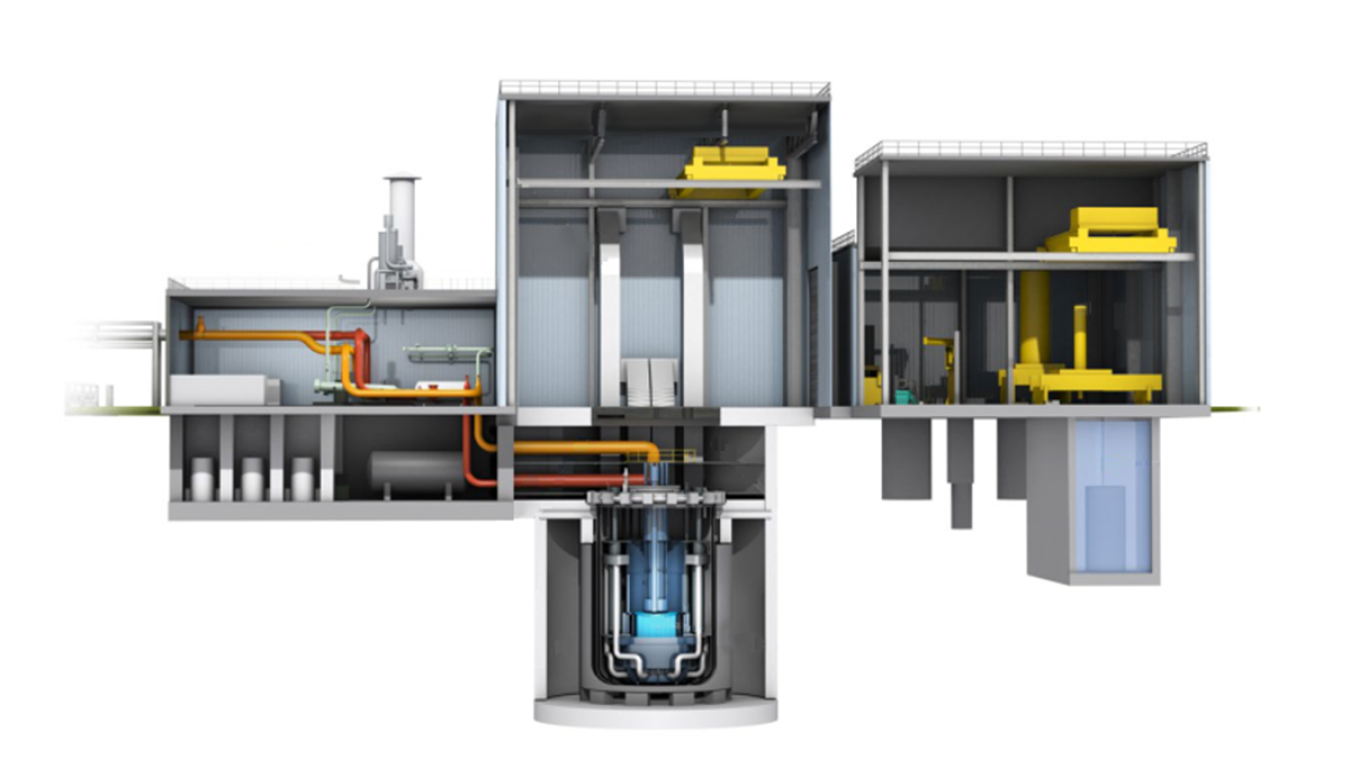Three years ago I wrote about how Reiwa Shinsengumi, often described as a “left-wing populist” party, and its leader Yamamoto Tarō refused to condemn Russia’s brutal invasion of Ukraine, instead spreading Russian propaganda narratives that perversely blamed the war on NATO, which Ukraine was not even member of.
Left wing parties tend to be more pro-environmental than conservative or right wing parties that tend to be less motivated to take aggressive action to minimize climate change. How does Reiwa Shinsengumi rank in this regard? Well, it’s not exactly a Japanese Green Party, let’s put it like that!
Yes, Reiwa Shinsengumi is strongly anti-nuclear, opposing a restart of nuclear power stations idled after the 2011 tsunami and nuclear meltdown. Instead it wants to phase out all restarted nuclear power stations. That by itself is no pro-environmental position: While it may minimize risks of future nuclear disasters, it does nothing to reduce greenhouse gas emissions, if anything it makes it more challenging. While nuclear accidents may be a possibility, the climate disaster is a certainty if we continue on the present course.
In a 2022 questionnaire for the House of Councillors (Upper House) elections the party responds to a question:
Q: Will you reduce domestic coal power to zero by 2030?
A: [Yes]
[Supplementary Explanation:] In order to achieve “100% renewable energy,” we will utilize high-efficiency natural gas-fired thermal power as an interim energy source. We will not restart nuclear power plants. In earthquake-prone Japan, we will go for both coal-free and nuclear power-free. We will utilize abundant natural energy sources.
Note how they answer this with a direct promotion of LNG, much of which Japan has been importing from Sakhalin in Russia. The answer does not specifically mention wind and solar, the two “abundant natural energy sources” that Japan has been badly neglecting. The actual environmental benefits of LNG over coal are quite questionable. A 2024 Cornell University study found the climate footprint of LNG 33% worse than that of coal, once liquefaction and shipping are taken into account:
Over 20 years, the carbon footprint for LNG is one-third larger than coal, when analyzed using the measurement of global warming potential, which compares the atmospheric impact for different greenhouse gases. Even on a 100-year time scale – a more-forgiving scale than 20 years – the liquefied natural gas carbon footprint equals or still exceeds coal, Howarth said.
(“Liquefied natural gas carbon footprint is worse than coal“, 2024-10-03)
This commitment to phasing out coal by a specific year is already progress however from the 2019 stance of the party. Philip Brasor wrote about Yamamoto Tarō in Japan Times:
In fact, he has advocated for coal as the transition energy source toward renewables in Japan, a position that dismays environmentalists.
(“Taro Yamamoto blurs the popular line on climate change”, Japan Times, 2019-11-30)
I am highly skeptical of Reiwa Shinsengumi’s commitment to the environment. Yes, it is against nuclear power, but without a robust policy for switching electricity generation to wind, solar and geothermal, phasing out existing nuclear power stations will only make it more difficult to decarbonize power generation and could even promote fossil-fuel burning thermal power stations. As far as I can tell, the party has no detailed plan for promoting green power. It seems like an afterthought next to its more sexy anti-nuclear policies that promise to catch votes for it.
Advocating for a big push for onshore and offshore wind and a massive expansion of long distance transmission lines needed to bring power from windy coasts in Hokkaido, the Northeast and the Japan sea coast to the urban centers in the Kanto and Kansai is essential but nowhere near as effective at adding seats in parliament because you would have to do a lot of leg work explaining the policy. Populists don’t want to do that because they are more interested in gaining influence than in putting in place policies that actually benefit people.
Reiwa Shinsengumi’s policies are selected by its unchallenged leader. In that it resembles the German BSW (Sarah Wagenknecht Alliance), another supposed left wing party that is spreading narratives of Vladimir Putin’s fascist government. BSW is not run by its members but exclusively according to the whims of its leader. Unsurprisingly, BSW also sees Germany’s economic salvation in the resumption of supplies of Russian gas and not in an accelerated switch to wind and solar.
Both parties claim to champion low income members of the population and social policies, but in reality they are pied pipers with sympathies for Putin that must not be trusted.

